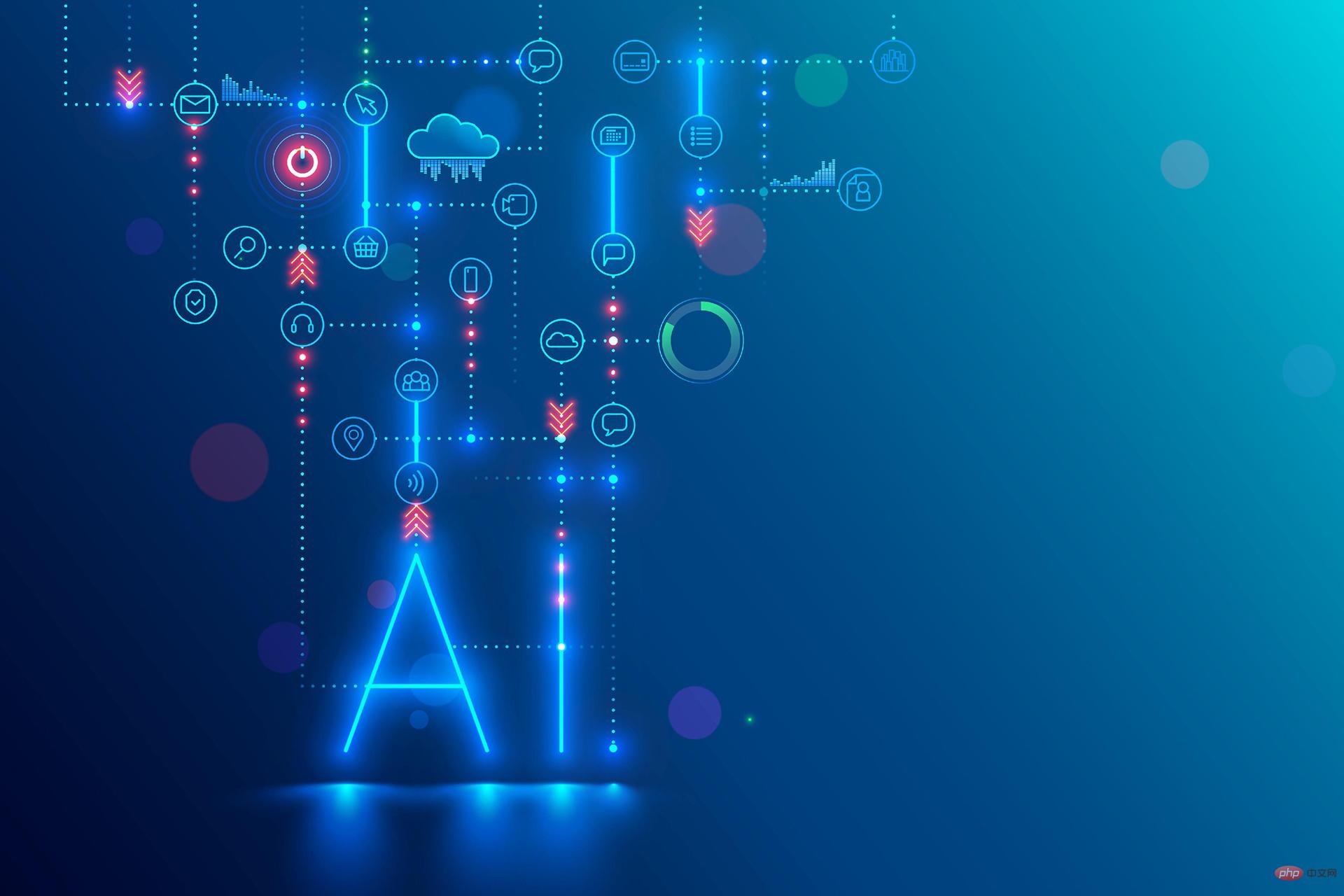Home >Technology peripherals >AI >Use artificial intelligence to observe sea parrots to help achieve harmonious coexistence between man and nature
Use artificial intelligence to observe sea parrots to help achieve harmonious coexistence between man and nature
- PHPzforward
- 2023-04-15 08:46:02839browse
Plum Island is a 140-acre nature reserve on the coast of Scotland. Thousands of Atlantic sea parrots return to Plum Island breeding grounds every year. In March 2020, approximately 80,000 sea parrots were recorded on the island, making it the third largest sea parrot breeding site in the UK.

Sea parrots fly long distances each year from northern Africa via Spain’s Canary Islands to several Scottish islands, including May Isle, Fair Isle, Lunga and North Country nature reserve. Scotland is home to 80% of the sea parrot population in the UK and Ireland.
The Herald reported in early February 2023 that Spanish ornithologists and environmental groups mentioned 9 dead specimens in San Sebastian and 140 found on beaches along the Tenerife coastline. A dead sea parrot. In this news release, the Spanish Ornithological Society confirmed to the Herald that sea parrots found on the coast of Spain had leg bands and that more sea parrots were leg banded in Scotland.
Understanding and counting sea parrot populations is crucial to understanding how sea parrots are affected by changes in the climate caused by climate change, but this process can also be affected by the development of wind farms around sea parrot colonies.
SSE Renewables’ sustainability and wildlife project on Plum Island uses artificial intelligence (AI), machine learning and image recognition technology to conduct research to monitor and count sea parrots. The five-year project, which is supported by Microsoft, Avanade and NatureScot, hopes to use this data and intelligence to better understand how nearby wind farms affect sea parrot colonies.
According to Michael Wignall, head of the Azure business of Microsoft's UK technology department, it is a tricky task to obtain the number of sea parrots using the traditional method, which involves rangers lying on the ground and reaching into the caves to fumble. A pair of sea parrots and their eggs, which will cause a mild reaction in the sea parrots.
Wignall said, "Although sea parrots are not in danger of extinction, they are listed on the 'Red List of Birds of Conservation Concern No. 4', which means that there is a serious problem in the number of sea parrots in the wild. Concern. When deploying new construction projects, such as offshore wind farms, it is crucial to understand the impact of the project on local wildlife and help track changes in sea parrot populations."
Wignall said artificial intelligence The use of technology is minimizing disruption to the breeding and feeding habits of birds. Artificial intelligence technology can also detect and distinguish which sea parrot group each sea parrot belongs to.
Wignall said, “Artificial intelligence tools can identify individual sea parrots and monitor their movements and activities. Approximately 80,000 sea parrots were recorded in March 2020, and it would be impossible to monitor the birds without the deployment of artificial intelligence technology.” Each sea parrot in the group has this specific understanding."
Wignall said that through this technology we learned that sea parrots returned to land in late March and early April after spending 8 months at sea. Breeding and how these parrots return to the same burrows as in previous years.
In order to discover, identify and count the sea parrots on Mei Island, the project team installed four cameras in stainless steel boxes on the island, which can capture real-time images of the sea parrots. The first batch of experimental cameras were installed in April 2021, and monitoring work was carried out during the summer breeding season from April to August 2021.
Wignall said, "Each box is equipped with a condensation heater, weather wipers and a backup power supply. The captured data is stored in Microsoft Azure Data Lake, and the data uses the Azure Kubernetes service, which has The ability and resilience to process large amounts of information."
AI can locate sea parrots when a camera is turned on, separate them from background images such as rocks and track them frame by frame as they move.
Wignall said that while the Plum Island project was focused on sea parrots, the technology could also be used to monitor other species that might be affected by development and infrastructure changes, such as the deployment of new or existing wind farms. animal.
Wignall said, “This technology can be used in a variety of environments. You want to monitor a species in a certain environment but don’t want to directly intervene, maybe because the environment is too remote or you don’t want humans to interfere with the environment. "For example, another example of deploying artificial intelligence in wildlife is monitoring salmon to ensure they can migrate in rivers."
Rachel McEwen, chief sustainability officer at SSE, said, "Sea parrots are very cute , what we did is a good start, but there are actually countless possibilities, such as dolphins, porpoises, various birds and so on. Really monitor the impact that you have and then, of course, you can adjust what you Do things to reduce the impact."
The Plum Island project launches during the 2023 breeding season.
The above is the detailed content of Use artificial intelligence to observe sea parrots to help achieve harmonious coexistence between man and nature. For more information, please follow other related articles on the PHP Chinese website!
Related articles
See more- ChatGPT could replace AI trainers, study says
- The contract value of the 2023 World VR Industry Conference exceeds 45.6 billion yuan
- Microsoft releases self-developed AI chip: run large models for personal use first
- Use user documentation for AI training? WPS apologizes late at night
- Lenovo Wang Chuandong: Next year will be the first to launch Lenovo AI PC equipped with personal large models

